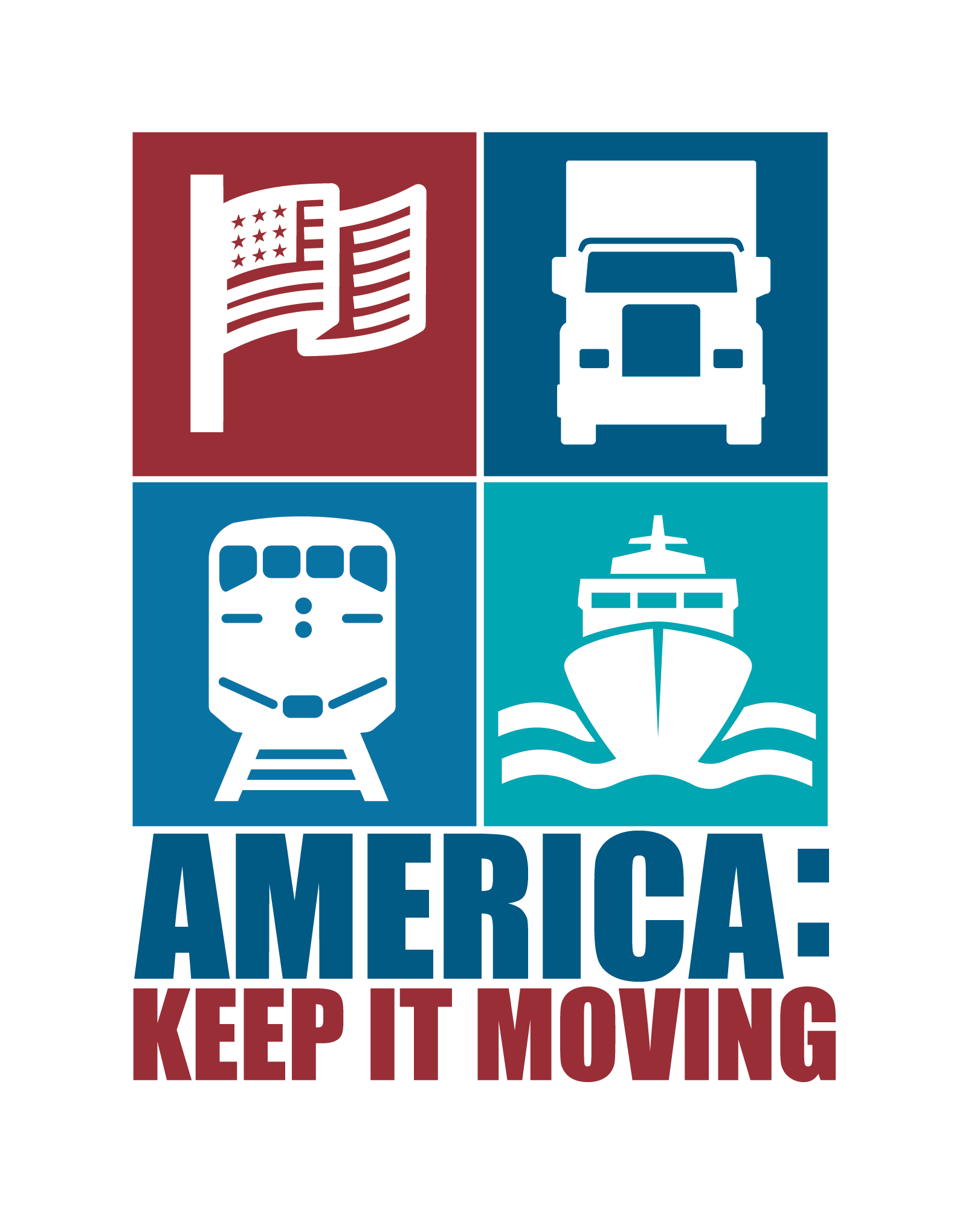News Release
FOR RELEASE - February 14, 2019
Contact: Aaron Ellis, Public Affairs Director, aellis@aapa-ports.org
703-684-5700
American Association of Port Authorities
Phone: (202) 792-4033
www.aapa-ports.org
 |
Funding for U.S. port-related programs advocated by the American Association of Port Authorities (AAPA) … the unified and recognized voice of America’s seaports … fared well in the Consolidated Appropriations Act, 2019 agreement announced by Congress last night (Feb. 13).
Of particularly significance to America's deep-draft ports is the agreement includes Transportation, Housing and Urban Development, and Related Agencies (THUD) funding for a dedicated port infrastructure program in the U.S. Department of Transportation’s (USDOT) Maritime Administration (MARAD), a significant allocation for USDOT’s Better Utilizing Investments to Leverage Development (BUILD) program in which ports are eligible, level funding in the U.S. Department of Homeland Security’s Port Security Grant Program in addition to a hefty increase in Customs and Border Protection personnel, a $12 million increase in funding for the Environmental Protection Agency’s Diesel Emission Reduction Act grants program, and an increase in the National Oceanic and Atmospheric Administration’s (NOAA) Navigation, Observations and Positioning program.
“AAPA is particularly thankful that House and Senate appropriators agreed to provide $292.73 million in funds for U.S. coastal port grants to be distributed by the Maritime Administration as part of its Port Infrastructure Development Program,” said Kurt Nagle, AAPA president and CEO. “AAPA has long advocated for dedicated port infrastructure development funding and recently identified $66 billion in port-related infrastructure needs over the next decade to build projects that better connect ports to the freight network, with rail and road access points. This funding is needed to ensure U.S. job creation, economic growth and tax fairness. The MARAD infrastructure program is a good step forward toward meeting these needs.”
Mr. Nagle noted that the MARAD program’s goal is to enhance U.S. port competitiveness and the ability of ports to effectively handle the movement of goods in our nation’s supply chain, which are used by U.S. manufacturers, farmers and consumers.
“We thank Rep. Mario Diaz Balart (R-FL), for his leadership in negotiating this new funding. His support began as Chairman of the House Appropriations Subcommittee on THUD, where he’s now ranking member.”
The minibus funding agreement also includes $900 million for USDOT’s Better Utilizing Investments to Leverage Development (BUILD) grants, which when combined with funding for MARAD’s infrastructure program, brings USDOT’s multimodal grants funding level to almost $1.2 billion. While less than the $1.5 billion provided for BUILD grants in fiscal 2018, the key difference is the dedicated infrastructure funding for ports. The minibus agreement also provides increased funding for MARAD’s America’s Marine Highway Program … from $5 million last fiscal year to $7 million this year.
Another component of the THUD appropriation important to ports is $255 million in grant funding for the Consolidated Rail Infrastructure and Safety Improvements Program, which can be used for multimodal port access projects.
Beyond THUD, there were several other programs on which ports depend that will get increased funding.
The Environmental Protection Agency’s Diesel Emissions Reduction Act (DERA) grants program appropriation will rise 16 percent, from $75 million last year to $87 million this year. Ports use these grants to reduce ambient air emissions through a variety of initiatives, including clean truck programs, retrofitting or replacing yard equipment, installing shore power for vessels at docks, and retrofitting dredges and tugs.
While funding for the U.S. Department of Homeland Security’s Port Security Grant Program will remain level at $100 million, Customs and Border Protection (CBP) agency staffing, which increased by 325 officers last year, will increase by 600 officers this year. AAPA, which advocates increasing CBP officers by at least 500 annually, has voiced strong concerns in recent years over CPB understaffing at America’s seaports. Understaffing has serious cost and efficiency ramifications for clearing international cargo and cruise passengers at port terminals.
Within the Department of Commerce, NOAA’s Navigation, Observations and Positioning (NOP) program is set to receive $227 million, a $7.8 million increase above fiscal 2018 funding. Included is $2 million that will go to funding hydrographic surveys to update nautical charts. NOAA’s popular PORTS program is a component of NOP, and fiscal 2019 funding is the same as last year.
About AAPA
Founded in 1912 and recognized as the unified voice of seaports in the Americas, AAPA today represents 140 of the leading seaport authorities in the United States, Canada, Latin America and the Caribbean and more than 250 sustaining and associate members, firms and individuals with an interest in seaports. According to IHS Markit’s World Trade Service, combined international sea trade moving through Western Hemisphere ports in 2016 totaled 3.49 billion metric tons in volume and US$3.01 trillion in value. Of that total, ports in Central and South America handled 1.71 billion metric tons of cargo valued at US$941 billion, while North American ports handled 1.79 billion metric tons of goods, valued at US$2.07 trillion. To meet the growing demand for trade, the AAPA and its members are committed to keeping seaports navigable, secure and sustainable. For more information, visit www.aapa-ports.org. On Twitter: http://twitter.com/AAPA_Seaports